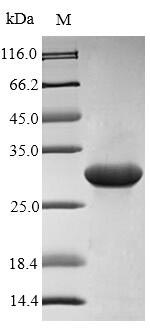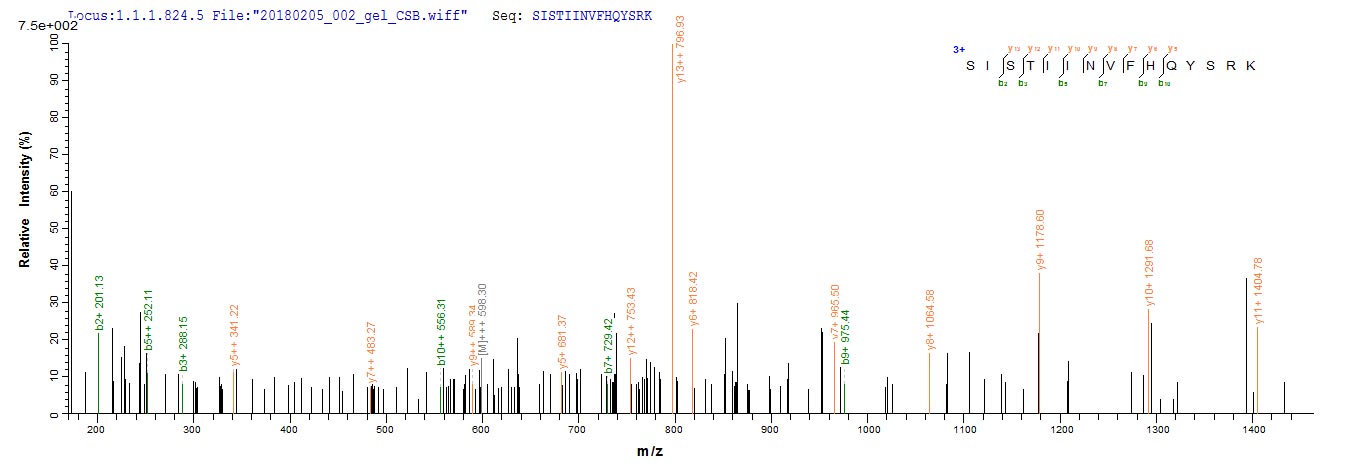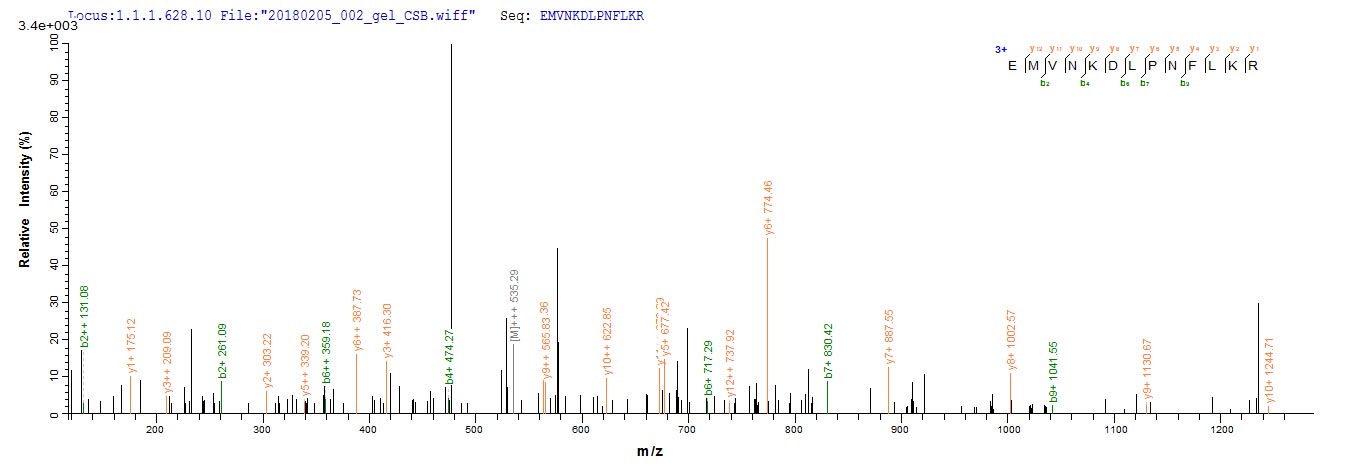Amino acids 2-113 constitute the expression domain of recombinant Rat S100a9. The calculated molecular weight for this S100a9 protein is 29 kDa. This S100a9 protein is produced using e.coli expression system. The S100a9 coding gene included the N-terminal 6xHis-SUMO tag, which simplifies the detection and purification processes of the recombinant S100a9 protein in following stages of expression and purification.
The rat protein S100-A9 (S100a9) is a member of the S100 family of calcium-binding proteins. S100a9 often forms a heterodimer with S100a8, and together they constitute the S100A8/A9 complex, also known as calprotectin. This complex plays a role in inflammatory responses and is predominantly expressed in myeloid cells. S100a9 has been associated with various immune-related functions, including the regulation of inflammatory processes, antimicrobial activity, and the modulation of cell migration. Research areas related to S100a9 encompass studies on inflammation, autoimmune diseases, and infectious diseases. Understanding the role of S100a9 in these contexts can provide insights into its contributions to immune responses and potential implications for therapeutic interventions targeting inflammatory conditions.








